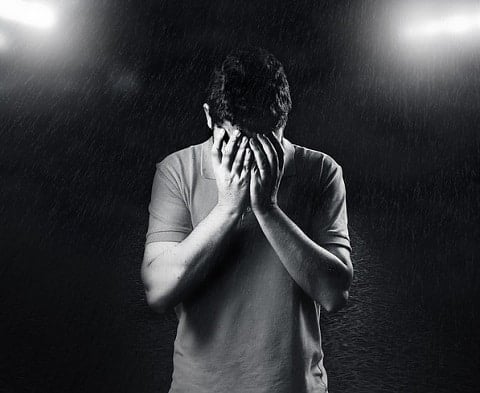
A new study has found that LGBT teens are 63 percent more likely to consider suicide compared to heterosexual teens.
Using data from the Centers for Disease Control and Prevention's National Youth Behavioral Risk, the authors calculated links between sexual orientation and suicidal ideation.
The analysis of high school student surveys showed that 40 percent of LGBT teens had considered suicide while only 15 percent of heterosexual teens said they had done the same.
RELATED: STUDY: Parents' Influence Huge in Gay Youth Suicide, Mental Health
According to the Daily Mail, 25 percent of those LGBT teens had attempted suicide. Only six percent of heterosexual teens who had considered suicide actually tried to end their own lives.
The researchers also found that there were variations in risk between those who are gay, lesbian, bisexual, or queer.
Of those groups, female students were overall at the highest risks of suicidal thoughts or attempts, but the gap between risks for gay males and straight males was the widest.
Bisexual students were at disproportionately grave risks, with nearly one third reporting that they had attempted suicide in the last year, and nearly half having considered it.
This group, according to past research, is most likely of any sexual minority to be dismissed, falling between the cracks between ‘gay' and ‘straight.'
Study co-author Theodore Caputi said:
“Considering planning or attempting suicide is not just a risk of completed suicide. it's a signal of distress in the lives of thousands of young people across the US.
“Fifteen years ago, we knew they were at a higher risk, and we wanted to see if that was still true.
“There is a lot of work that has to be done to mitigate the stressors that these young people are facing.”
Caputi added that while a recent study found that very few physicians ask the sexual orientation of their patients, this needs to change.
“It seems as though clinicians should discuss sex orientation with their patients, he said. “Obviously [mental health] universal screening would be best, but if it's not possible, this group is at such risks, we should hone in on it and make sure these adolescents are getting all the support we can possibly give them.”



